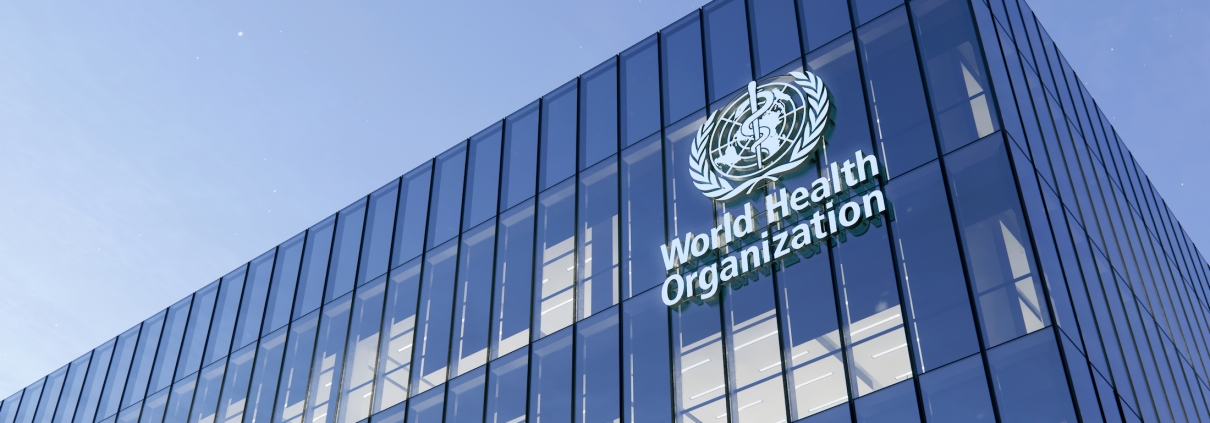The new 2021 WHO air quality guideline limits
The World Health Organization (WHO) has tightened its air quality guidelines on Wednesday, 22 September 2021. This was the WHO’s first adjustment of its recommendations on particulate matter, ozone, nitrogen dioxide, sulfur dioxide, and carbon monoxide since 2005.
According to the UN organization, the new recommendations reflect the recent evidence of the significantly higher-than-thought impact of even lower concentrations of air pollution on human health and wellbeing. A recent study estimated the death toll of air pollution at 8.7 million per year.
WHO 2021 air pollution guidelines and comparison with WHO 2005 guidelines
| Pollutant | Averaging time | WHO 2021 air quality guideline | WHO 2005 air quality guideline | Change |
|---|---|---|---|---|
| PM2.5 (µg/m3) | Annual | 5 | 10 | -50% |
| 24-hour | 15 | 25 | -40% | |
| PM10 (µg/m3) | Annual | 15 | 20 | -25% |
| 24-hour | 45 | 50 | -10% | |
| O3 (µg/m3) | Peak season | 60 | N/A | Newly introduced |
| 8-hour | 100 | 100 | Unchanged | |
| NO2 (µg/m3) | Annual | 10 | 40 | -75% |
| 24-hour | 25 | N/A | Newly introduced | |
| 1-hour | 200 | 200 | Unchanged | |
| SO2 (µg/m3) | 24-hour | 40 | 20 | +100% |
| 10-minute | 500 | 500 | Unchanged | |
| CO (mg/m3) | 24-hour | 4 | N/A | Newly introduced |
| 8-hour | 10 | N/A | Newly introduced | |
| 1-hour | 35 | N/A | Newly introduced | |
| 15-minute | 100 | N/A | Newly introduced |
The table above shows the WHO’s new air quality guidelines for the individual air quality parameters, as well as a comparison to the 2005 revision. Scientists stress that even pollution concentration around the new guidelines should not be considered safe, as there appears to be no level at which pollutants stop causing damage to the human body and ecosystems.
The European Union currently has air pollution standards that still allows for significantly higher pollution concentrations. Even then, some EU countries failed to keep average pollution concentrations below these legal limits in 2020, and were subsequently fined.

 Shutterstock
Shutterstock
